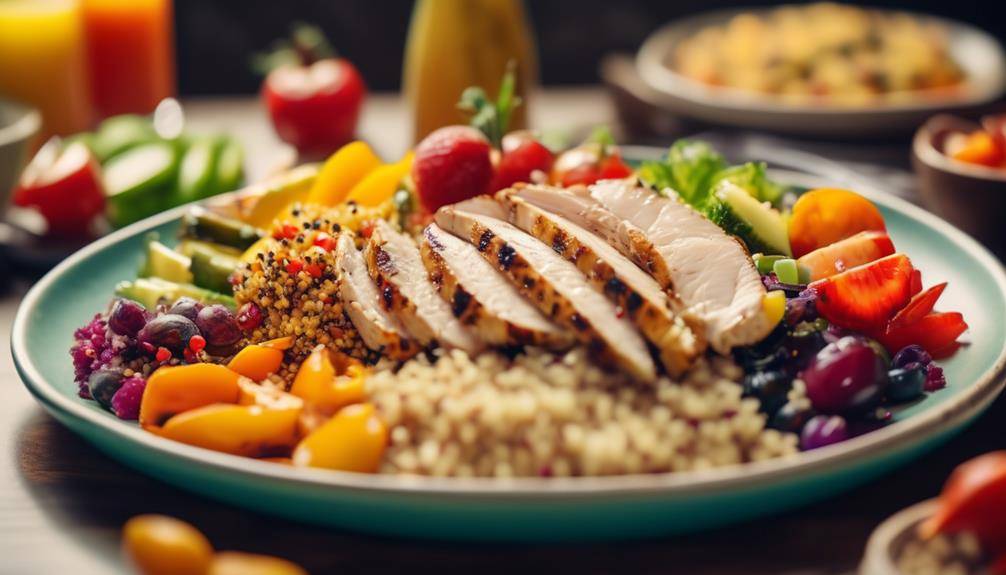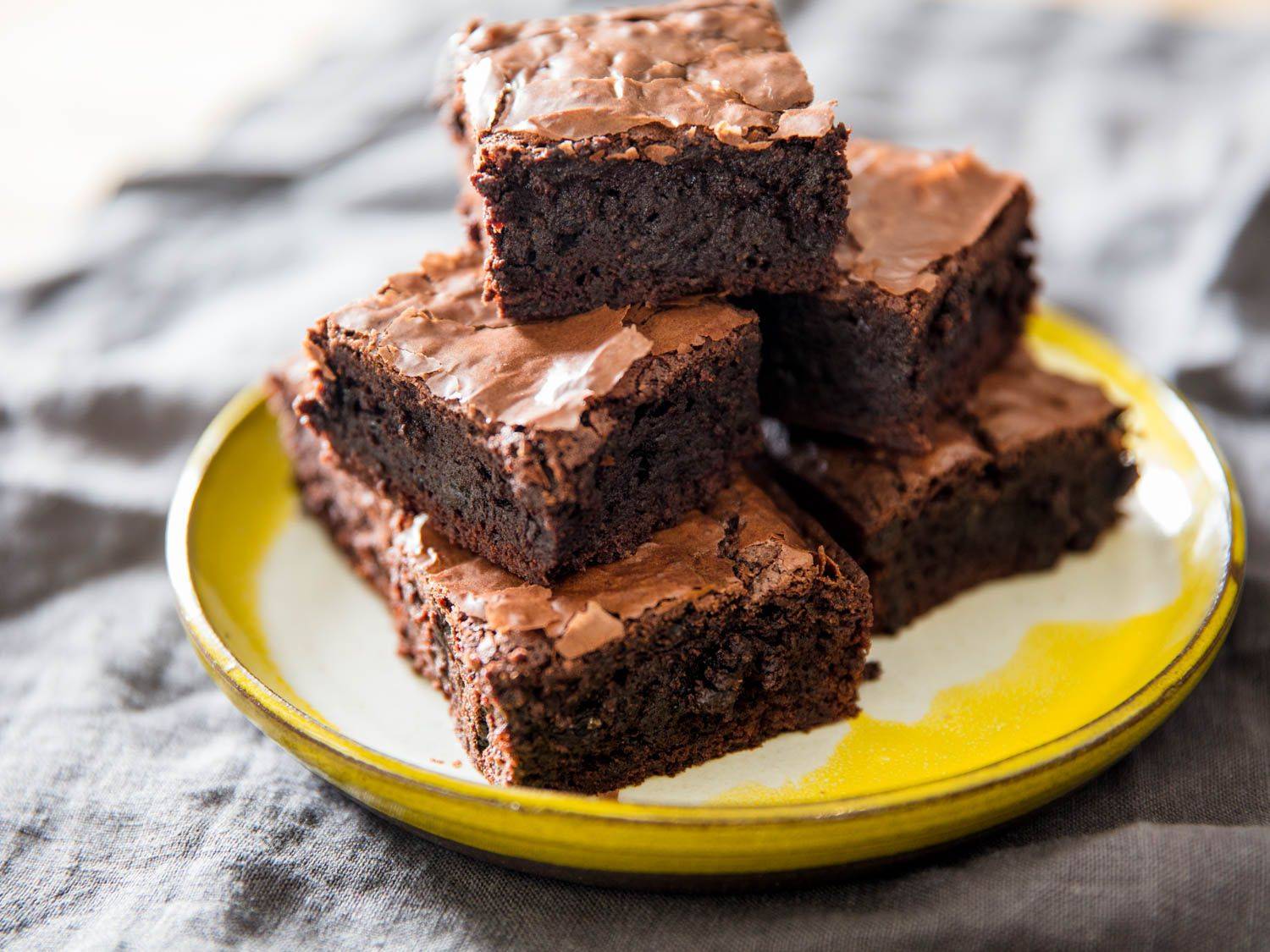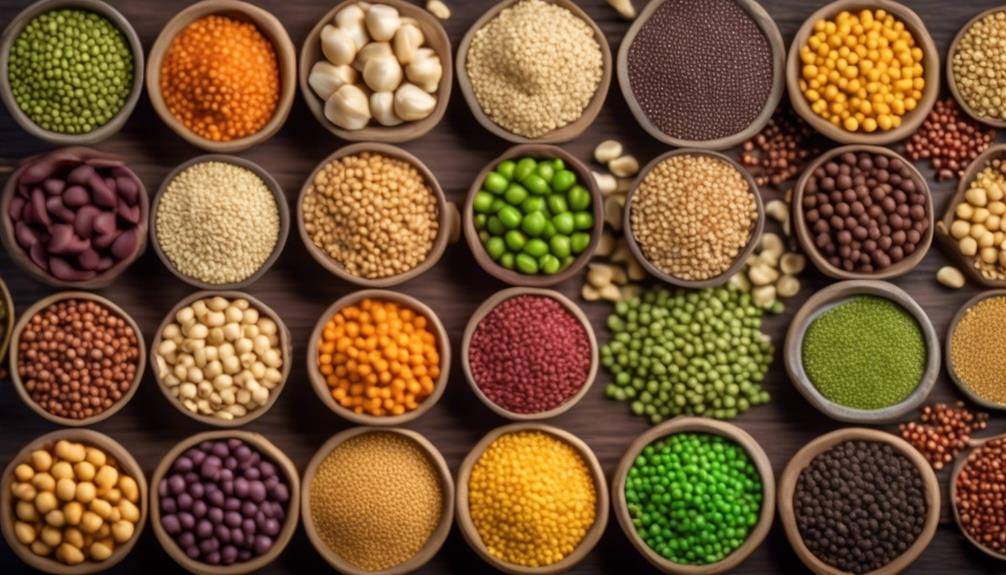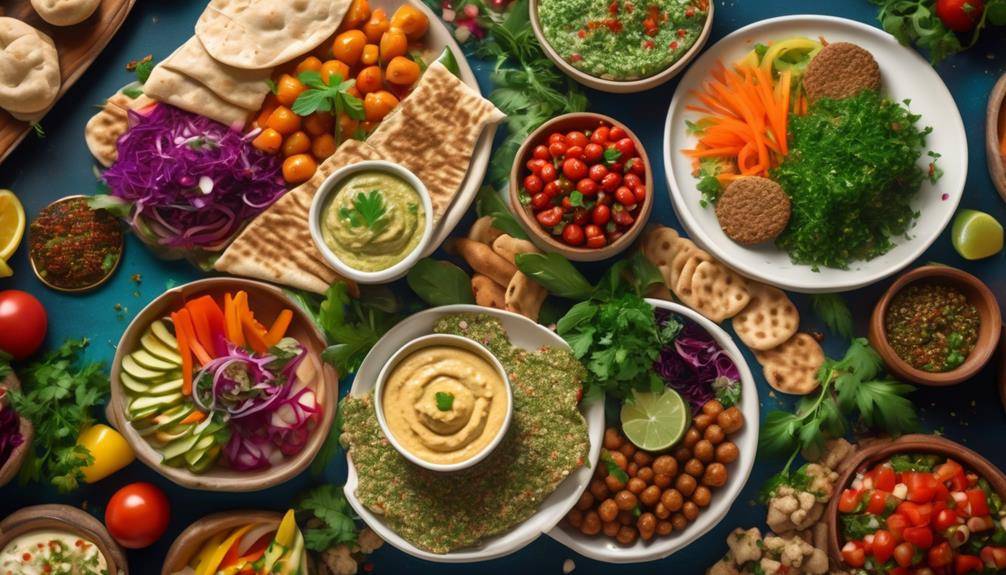The Amazing Gluten-Free Diet for Allergies

The Amazing Gluten-Free Diet for Allergies; Imagine a world where you take a stroll through a beautiful garden, surrounded by vibrant colors and intoxicating scents. As you wander, you stumble upon a peculiar flower. Its petals are delicate, and its fragrance is captivating. But here’s the catch – if you were to touch this flower, it would trigger an allergic reaction.
Now, think of gluten as that flower. For those with gluten allergies, consuming even the tiniest amount can lead to discomfort and health issues. In this discussion, we’ll explore the ins and outs of a gluten-free diet, revealing the benefits and alternatives that can help you navigate this dietary path. Prepare to uncover a world of possibilities that will leave you curious for more.
Understanding Gluten Allergies
Understanding gluten allergies is crucial for individuals who need to follow a gluten-free diet due to adverse reactions to gluten. Gluten allergy, also known as celiac disease, is an autoimmune disorder triggered by the ingestion of gluten. Gluten is a protein found in wheat, barley, and rye. When individuals with gluten allergies consume gluten, their immune system mistakenly attacks the lining of their small intestine, leading to various symptoms and long-term complications.
The exact causes of gluten allergy are not fully understood, but it is believed to involve both genetic and environmental factors. Research has shown that certain genes increase the risk of developing celiac disease, but not everyone with these genes will develop the condition. Environmental factors, such as early exposure to gluten in infancy or certain infections, may also contribute to the development of gluten allergies. However, more research is needed to fully understand the complex interplay between genes and the environment in the development of celiac disease.
If you suspect you have a gluten allergy, it is important to undergo gluten allergy testing to confirm the diagnosis. The most common test is a blood test that looks for specific antibodies associated with celiac disease. If the blood test is positive, your doctor may recommend a small intestine biopsy to confirm the diagnosis. During this procedure, a small sample of tissue is taken from the lining of the small intestine and examined under a microscope for signs of damage.
Common Symptoms of Gluten Allergies
If you suspect you have a gluten allergy, it is essential to be aware of the common symptoms associated with this condition. Gluten allergies, also known as celiac disease, are caused by an immune reaction to gluten, a protein found in wheat, barley, and rye. The only way to confirm a gluten allergy is through proper testing, but recognizing the common symptoms can help you determine if further investigation is warranted.
One of the most common symptoms of a gluten allergy is digestive issues. These can include abdominal pain, bloating, diarrhea, and constipation. When gluten is consumed, it can cause inflammation in the small intestine, leading to these uncomfortable symptoms. Another common symptom is fatigue or weakness. People with gluten allergies often experience a lack of energy, even after a good night’s sleep. This can be attributed to the body’s inability to properly absorb nutrients due to the inflammation in the small intestine.
Skin problems are also common symptoms of gluten allergies. Dermatitis herpetiformis is a skin rash that occurs in individuals with celiac disease. It is characterized by itchy, blistering bumps on the elbows, knees, and buttocks. Additionally, unexplained weight loss can be a sign of a gluten allergy. When the body is unable to properly absorb nutrients, it can lead to unintentional weight loss.
If you are experiencing these symptoms, it is important to consult with a healthcare professional for proper testing. They can perform blood tests and a biopsy of the small intestine to confirm or rule out a gluten allergy. Remember, self-diagnosis is not recommended, as other conditions can cause similar symptoms. By seeking medical advice and understanding the common symptoms associated with gluten allergies, you can take the necessary steps towards a proper diagnosis and treatment plan.
Benefits of a Gluten-Free Diet
A gluten-free diet offers numerous benefits for individuals with gluten allergies, promoting improved digestive health and overall well-being. Following a gluten-free lifestyle can help alleviate symptoms such as bloating, abdominal pain, and diarrhea that are commonly associated with gluten allergies. By eliminating gluten, a protein found in wheat, barley, and rye, from your diet, you can experience significant improvements in your health.
One of the key health benefits of a gluten-free diet is better digestive health. Gluten can cause inflammation and damage to the lining of the small intestine in individuals with gluten allergies. By removing gluten from your diet, you can allow your intestine to heal, reducing inflammation and improving digestion. This can lead to a reduction in symptoms such as bloating and abdominal pain, and can also help improve nutrient absorption.
In addition to improved digestive health, a gluten-free diet can also have positive effects on your overall well-being. Many individuals with gluten allergies report feeling more energetic and less fatigued after adopting a gluten-free lifestyle. This may be due to the fact that gluten can cause inflammation in the body, which can contribute to feelings of fatigue. By eliminating gluten, you can reduce inflammation and increase your energy levels.
Furthermore, a gluten-free diet can also help individuals with gluten allergies maintain a healthy weight. Many gluten-containing foods, such as bread and pasta, are high in carbohydrates and can contribute to weight gain. By replacing these foods with gluten-free alternatives, you can reduce your calorie intake and promote weight loss.
Foods to Avoid on a Gluten-Free Diet
When following a gluten-free diet, it’s important to be aware of the common gluten-containing foods that should be avoided, such as wheat, barley, and rye. However, it’s also crucial to be mindful of hidden sources of gluten, which can be found in processed foods, sauces, and even medications. Thankfully, there are plenty of gluten-free alternatives available, including rice, quinoa, and gluten-free flours, that can still satisfy your dietary needs.
Common Gluten-Containing Foods
Many common foods contain gluten, making them important to avoid when following a gluten-free diet. Gluten is a protein found in wheat, barley, and rye, as well as their derivatives. Bread, pasta, cereals, and baked goods are some of the most common sources of gluten. Additionally, beer, malt beverages, and some condiments may also contain gluten. It is important to carefully read food labels to identify gluten-containing ingredients.
Understanding gluten sensitivity is crucial, as it can cause symptoms such as bloating, diarrhea, and fatigue in individuals with celiac disease or non-celiac gluten sensitivity. Fortunately, there are gluten-free baking options available, such as using flours made from rice, corn, or almond. These alternatives allow individuals on a gluten-free diet to continue enjoying their favorite baked goods without compromising their health.
Hidden Sources of Gluten
Gluten can be found in a variety of unexpected sources, so it’s important to be aware of these hidden sources when following a gluten-free diet. Cross contamination is a common way gluten can sneak into your food. For example, when cooking in a kitchen that is not gluten-free, utensils, cutting boards, and countertops may have traces of gluten from previous use. It’s crucial to thoroughly clean all cooking surfaces and equipment before preparing gluten-free meals to avoid cross contamination.
Additionally, certain ingredients in gluten-free baking can contain gluten. Some gluten-free flours and mixes may be processed in facilities that also process wheat, barley, or rye, leading to possible cross contamination. To ensure your gluten-free baking is truly gluten-free, look for certified gluten-free products and read labels carefully.
Gluten-Free Alternatives
To maintain a gluten-free diet and avoid hidden sources of gluten, it is important to be aware of the foods you should avoid. When it comes to gluten-free alternatives, there are a variety of options available for baking and snacking. For gluten-free baking, you can opt for alternatives such as almond flour, coconut flour, or rice flour. These options can be used as substitutes for traditional wheat flour in recipes.
When it comes to gluten-free snacks, there are numerous choices to satisfy your cravings. Some popular options include gluten-free crackers, rice cakes, popcorn, and fruits. It is essential to read food labels carefully as some snacks may contain hidden sources of gluten. By being mindful of the foods to avoid and exploring gluten-free alternatives, you can still enjoy a delicious and satisfying gluten-free diet.
Gluten-Free Alternatives for Everyday Meals
Looking for gluten-free alternatives for your everyday meals? We’ve got you covered. From delicious breakfast options to satisfying lunch ideas and flavorful dinner recipes, there are plenty of gluten-free alternatives to choose from. Whether you’re following a gluten-free diet due to allergies or personal preference, these alternatives will ensure you can still enjoy your favorite meals without compromising on taste or nutrition.
Breakfast Options
For those with gluten allergies, there are plenty of delicious breakfast options available that can easily replace traditional gluten-containing meals. Here are some ideas to satisfy your morning cravings:
- Snack options: Start your day with a nutritious and gluten-free snack like yogurt topped with fresh fruits and gluten-free granola. You can also enjoy a smoothie made with dairy-free milk, spinach, banana, and a scoop of gluten-free protein powder.
- Dessert recipes: Indulge your sweet tooth in the morning with gluten-free pancakes or waffles topped with maple syrup and fresh berries. If you prefer a lighter option, try a chia seed pudding made with almond milk and flavored with cocoa powder or vanilla extract.
- Creative twists: Get creative with your breakfast by making gluten-free avocado toast on a rice cake or enjoying a gluten-free breakfast burrito filled with scrambled eggs, avocado, and salsa wrapped in a gluten-free tortilla.
These breakfast options will not only satisfy your taste buds but also keep you energized throughout the day.
Lunch Ideas
There are numerous gluten-free alternatives for everyday meals that can make for satisfying and delicious lunch options. When it comes to gluten-free snacks, you can opt for fresh fruits and vegetables, such as carrot sticks with hummus or apple slices with almond butter. For something heartier, try a salad with grilled chicken or shrimp, topped with gluten-free dressing.
If you’re craving a sandwich, use gluten-free bread or lettuce wraps as a substitute. For gluten-free baking ideas, consider making a quinoa salad or a gluten-free pizza with a cauliflower crust. Another option is a gluten-free pasta dish with vegetables and a homemade tomato sauce. By incorporating these gluten-free alternatives into your lunch, you can enjoy a nutritious and tasty meal without compromising your dietary needs.
Dinner Recipes
To create gluten-free alternatives for everyday meals, you can explore a variety of delicious dinner recipes that cater to your dietary needs. Here are some ideas to get you started:
- Gluten-Free Pasta Options: Try swapping regular pasta with gluten-free alternatives like brown rice pasta, quinoa pasta, or chickpea pasta. These options are not only gluten-free but also provide additional nutritional benefits.
- Creative Stir-Fry: Use gluten-free tamari sauce or coconut aminos as a substitute for soy sauce in your stir-fry dishes. Pair it with gluten-free noodles or rice for a satisfying and flavorful meal.
- Gluten-Free Desserts: Indulge in gluten-free desserts like flourless chocolate cake, almond flour cookies, or fruit-based desserts. These sweet treats will satisfy your cravings without the gluten.
Tips for Successfully Adopting a Gluten-Free Lifestyle
Successfully adopting a gluten-free lifestyle can be achieved by incorporating simple yet effective strategies into your daily routine. Whether you have been diagnosed with celiac disease or have chosen to follow a gluten-free diet for other health reasons, these tips will help you navigate the challenges of living gluten-free.
When it comes to gluten-free baking, it’s important to remember that gluten-free flours behave differently than traditional wheat flour. To ensure success in your baking endeavors, consider using a blend of gluten-free flours, such as a combination of rice flour, tapioca flour, and potato starch. This will help mimic the texture and structure that gluten provides. Additionally, adding xanthan gum or guar gum to your recipes can help improve the elasticity and binding properties of gluten-free baked goods.
Dining out on a gluten-free diet can be a bit trickier, but with a few precautions, you can still enjoy a meal at your favorite restaurants. Start by researching gluten-free options and reading reviews to find restaurants that are knowledgeable about gluten-free dining. When ordering, communicate your dietary needs clearly to the server and ask questions about how the food is prepared. It’s also helpful to avoid cross-contamination by requesting your food to be prepared separately and using clean utensils and surfaces. If you’re unsure about a dish, it’s best to err on the side of caution and choose a safer option.
Frequently Asked Questions: The Amazing Gluten-Free Diet for Allergies
Can a Gluten-Free Diet Help With Other Allergies Besides Gluten Allergies?
A gluten-free diet may help with other allergies besides gluten allergies. Research suggests that eliminating gluten from your diet can reduce allergic reactions and improve overall health.
Are There Any Potential Risks or Side Effects of Following a Gluten-Free Diet?
Following a gluten-free diet may have potential risks and side effects. It can lead to nutrient deficiencies, gastrointestinal issues, and an increased risk of developing disordered eating patterns. It is important to consult with a healthcare professional before making any dietary changes.
Can Gluten Allergies Develop Later in Life, or Are They Only Present From Birth?
Gluten allergies can develop later in life, not just from birth. Late onset allergies are possible. While the exact cause is not fully understood, genetics, environmental factors, and changes in the immune system may contribute.
Is It Necessary to Completely Eliminate Gluten From the Diet, or Can Small Amounts Be Tolerated?
You may wonder if it’s necessary to completely eliminate gluten from your diet. Research suggests that tolerance levels for gluten vary among individuals, and some may be able to tolerate small amounts. However, cross reactivity between gluten and other allergens can still be a concern.
Are There Any Medications or Supplements That Can Help Manage Gluten Allergies?
There are medication options and natural supplements available to help manage gluten allergies. These can be used in conjunction with a gluten-free diet to alleviate symptoms and improve overall well-being.
Conclusion
In conclusion, adopting a gluten-free diet can be beneficial for individuals with gluten allergies. By avoiding foods that contain gluten and opting for gluten-free alternatives, individuals can alleviate common symptoms and improve their overall health. It is important to understand the symptoms of gluten allergies and make informed choices when it comes to food. By following these guidelines, individuals can successfully transition to a gluten-free lifestyle and enjoy a wide range of delicious and nutritious meals.








